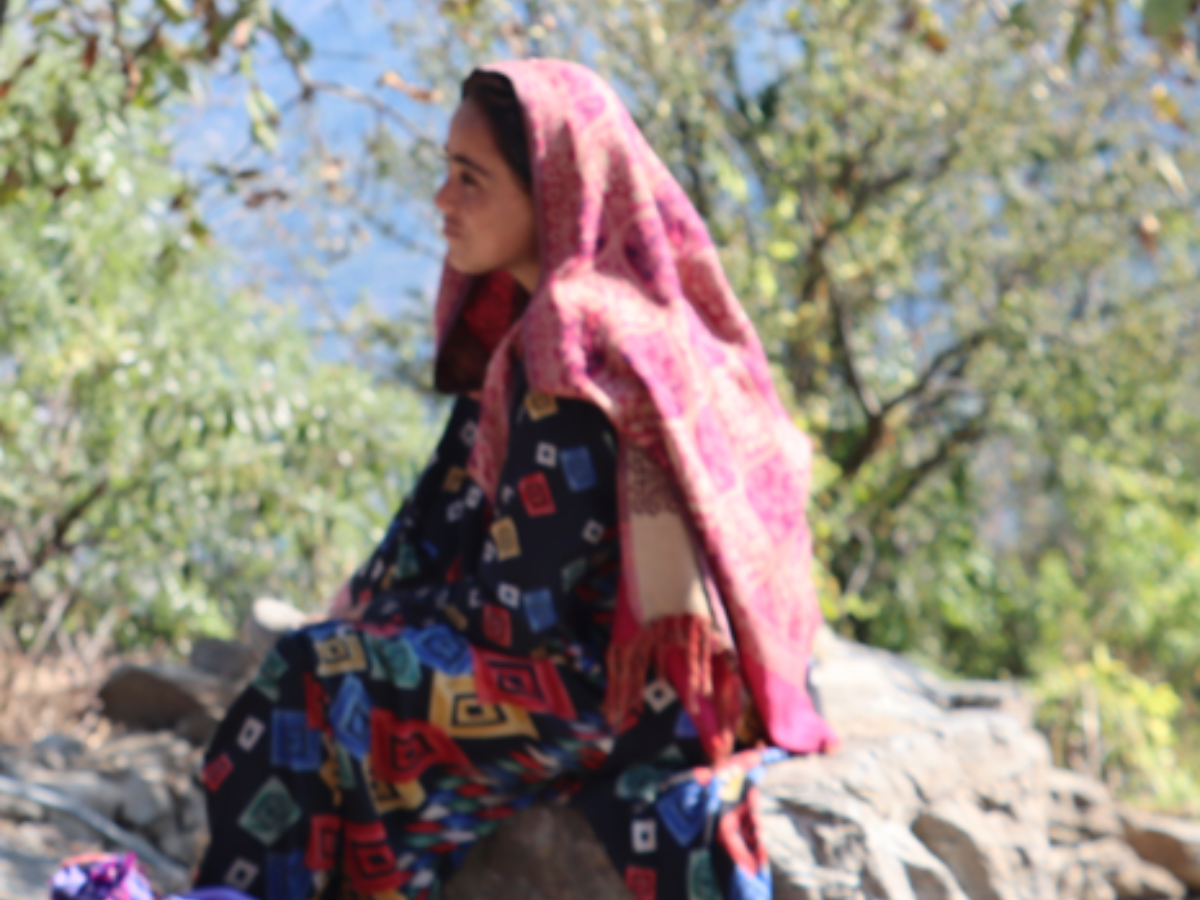
Themes
tribal clothing and textiles
Kurto , jammu & kashmir
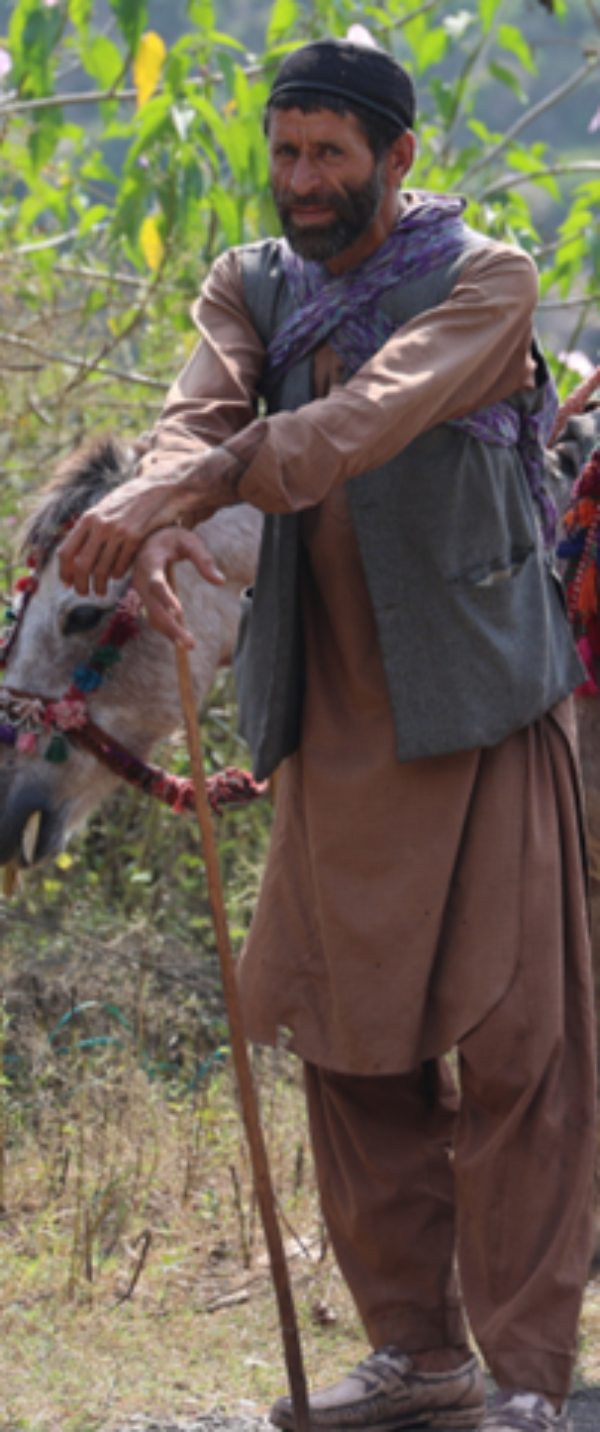
The Kurto is a long-standing dress within the Gujjar people, particularly rural communities in Jammu and Kashmir. The wool or cotton, knee-length tunic is designed with comfort and flexibility in mind and that of the pastoral and agrarian way of life of the Gujjars. The dress keeps them safe and warm against the severe mountainous environment. The loose fitting of the Kurto provides convenience in carrying out domestic tasks.
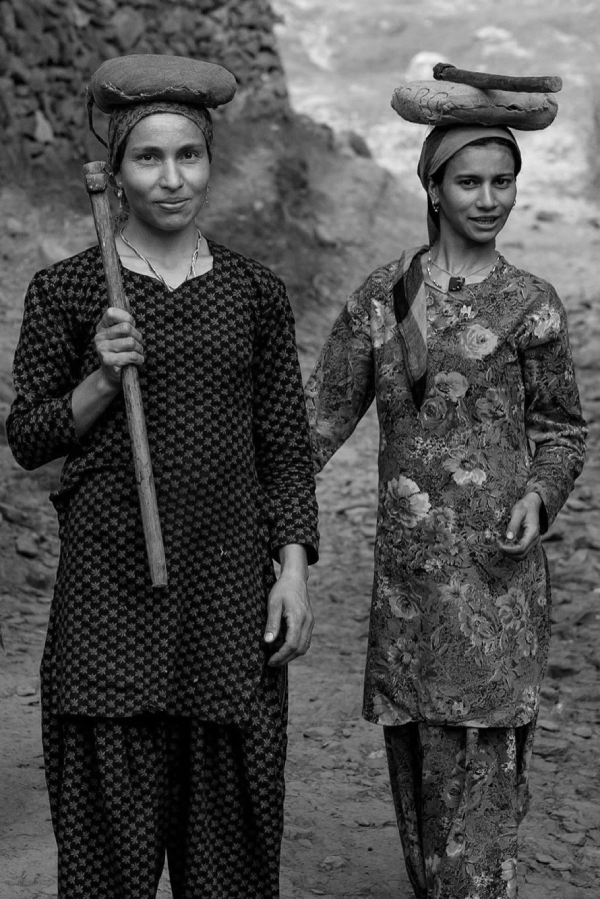
The Kurto has a loose, relaxed style of fit, long sleeves and plain, practical design to meet the everyday requirements of the Gujjar people. In women, it is usually worn with a long shawl or scarf to keep them warm and modest, and men wear it with a rope or belt around the waist to keep the garment in position. Kurto is normally fashioned in earth colors, for example, browns, greens, and yellows, that symbolize the natural environment of the Gujjar community.

The Kurto is constructed using natural materials appropriate for the local climate and way of living. Wool is the most popular material employed, giving warmth and protection in the cold mountainous climates. Cotton is utilized for the lighter forms of the Kurto, with it being breathable and pleasant in warmer weather. On special occasions, silk can be employed, with it being used as a decorative feature. Such materials are indicative of the people's practicality, autonomy, and strong association with the environment.
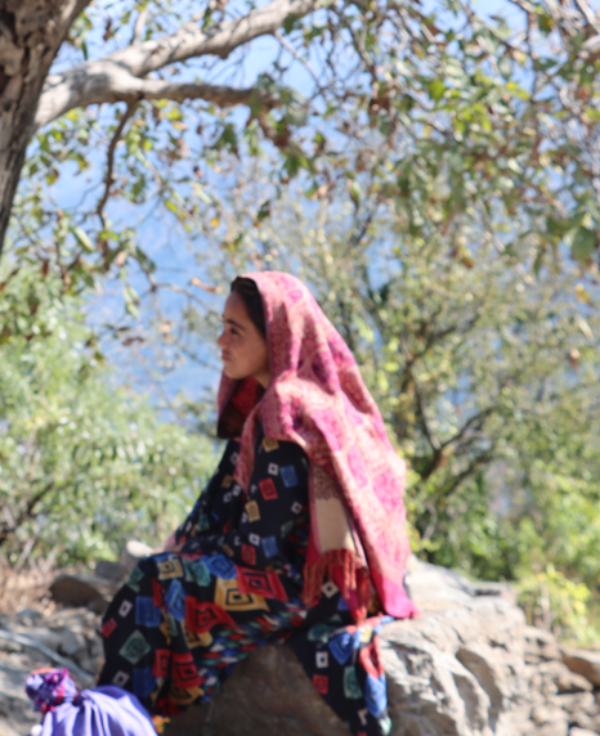
The Kurto has cultural and practical importance within the Gujjar society. It is a required garment for their pastoral living, ensuring comfort and flexibility for day-to-day activities such as agriculture and cattle grazing. Woolen and cottony, it fits well within the chilly mountain climate. The Kurto also reflects the modesty, simplicity, and cultural nature of the society.
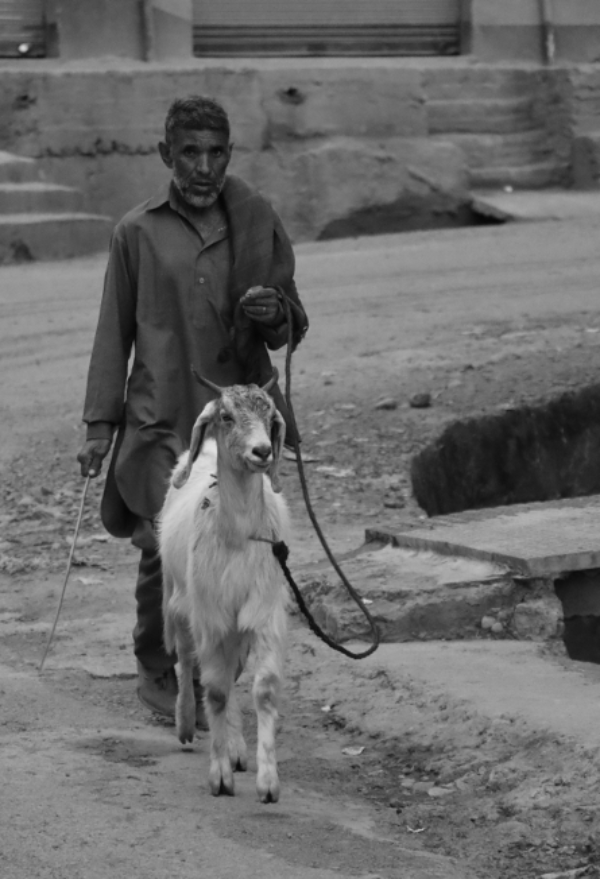
The Kurto is an important cultural indicator of Gujjar identity, reflecting their strong affiliation with their culture and traditions. It is not just a utilitarian wear. it embodies the values, sense of belonging, and communal identity of the group. The Kurto is a daily wear for household and activity tasks but also reserved for special occasions during festivals, weddings, and social events, where it signals feelings of belonging and pride. Wearing the Kurto helps Gujjars maintain their cultural heritage and their identity in society.

